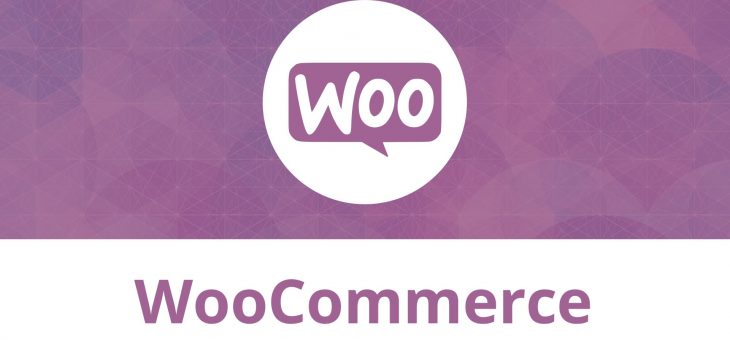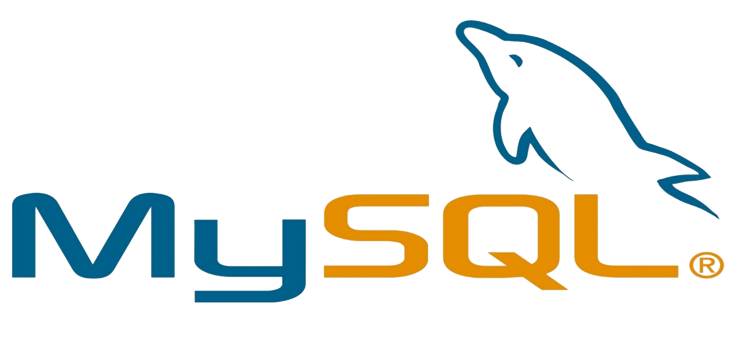Zend Framework
Zend Framework is a collection of professional PHP packages with more than 62 million installations. It can be used to develop web applications and services using PHP 5.6+, and provides 100% object-oriented code using a broad spectrum of language features.
Zend Framework uses as a package dependency manager; to test all packages; and as a Continuous Integration service. Zend Framework also follows standards, and includes an implementation of for HTTP message interfaces (as shepherded by , Zend Framework project lead).










